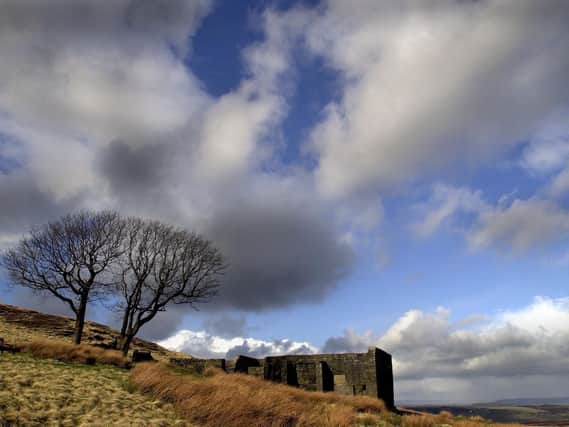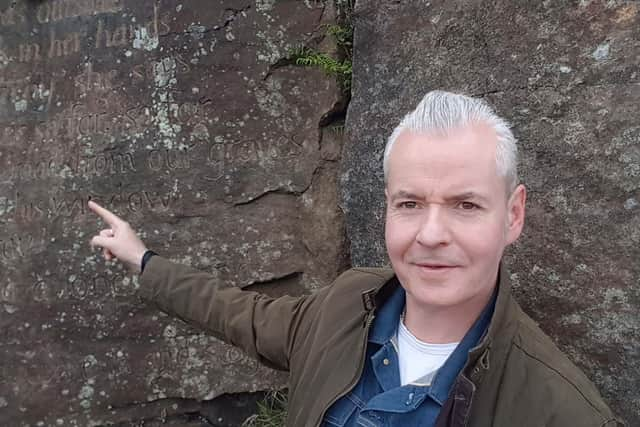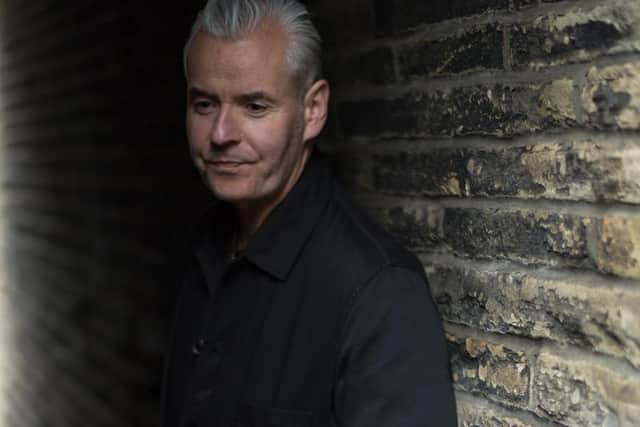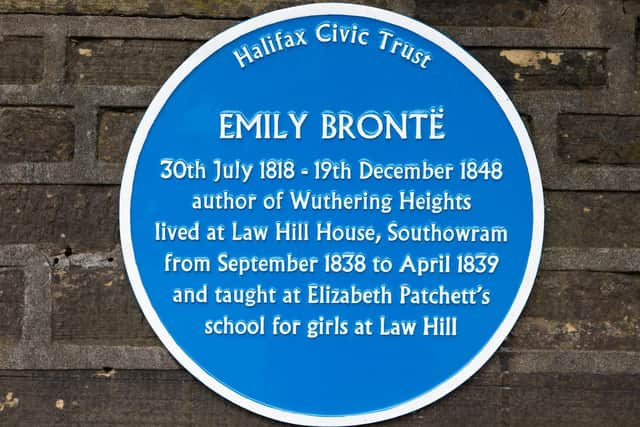Following in footsteps of Brontë sisters to charter centuries of societal change on Northern landscapes


Walking the Invisible, published by author and lecturer Dr Michael Stewart of the University of Huddersfield, follows the family and, chapter by chapter, the places that played a significant role in their lives.
It begins in Thornton, birthplace of the sisters as well as their brother Branwell, and visits both coasts as well as locations across Yorkshire and Cumbria.
Advertisement
Hide AdAdvertisement
Hide Ad"It’s a book about the north of England as well as a book about the Brontës because I compare then with now,” said Dr Stewart, the university’s course leader in creative writing.


“Scarborough, where Anne went to die in 1849, was at that point an up and coming spa town, very prosperous and where the London gentry went to experience the baths. The contrast is extreme.
“I walked from Haworth to Liverpool, recreating the fictional walk of Mr Earnshaw in ‘Wuthering Heights’ when he returns with Heathcliff.
“Again, it is a case of a place that very different now. I look at how Liverpool was the centre of the European slave trade as around 80 per cent of the country’s income was from slavery, and I look at the likelihood of people being a slave or the child of a slave at that time.”


Advertisement
Hide AdAdvertisement
Hide AdDr Stewart's novel ‘Ill Will’, which imagined the life of Heathcliff outside of the events in ‘Wuthering Heights’, was released to acclaim in 2018.
A year later he contributed to Kate Mosse’s anthology ‘I am Heathcliff’, and he also instigated the Brontë Stones project, a series of stones in and around Haworth featuring inscriptions about the Brontës from leading contemporary writers.
Dr Stewart’s new book also covers the travels of Branwell, the only son of the Brontë parents. A painter and writer, Branwell found work as a tutor in Broughton-in-Furness, Lancashire.
"The differences are not as marked as with Scarborough," said Dr Stewart. "The pubs are there, the streets are cobbled – it’s fairly unspoiled so the comparison is not as stark.


Advertisement
Hide AdAdvertisement
Hide Ad“William Wordsworth also wrote about the nearby hill Black Combe and the landscape around Broughton. Branwell wrote to Wordsworth because he was obsessed with him, but Wordsworth never wrote back to him.”
The book also covers a visit to North Lees Hall in Derbyshire, the likely inspiration for Thornfield Hall in ‘Jane Eyre’, as well as the Luddite Trail near Huddersfield.
To coincide with ‘Walking the Invisible’, Dr Stewart will host a walking tour around Haworth, ‘In the footsteps of the Brontë’s, on Sunday, July 4 as part of the Bradford Literature Festival.
____________________________________________________________________________________________
Advertisement
Hide AdAdvertisement
Hide AdSupport The Yorkshire Post and become a subscriber today. Your subscription will help us to continue to bring quality news to the people of Yorkshire. In return, you'll see fewer ads on site, get free access to our app and receive exclusive members-only offers. Click here to subscribe.
